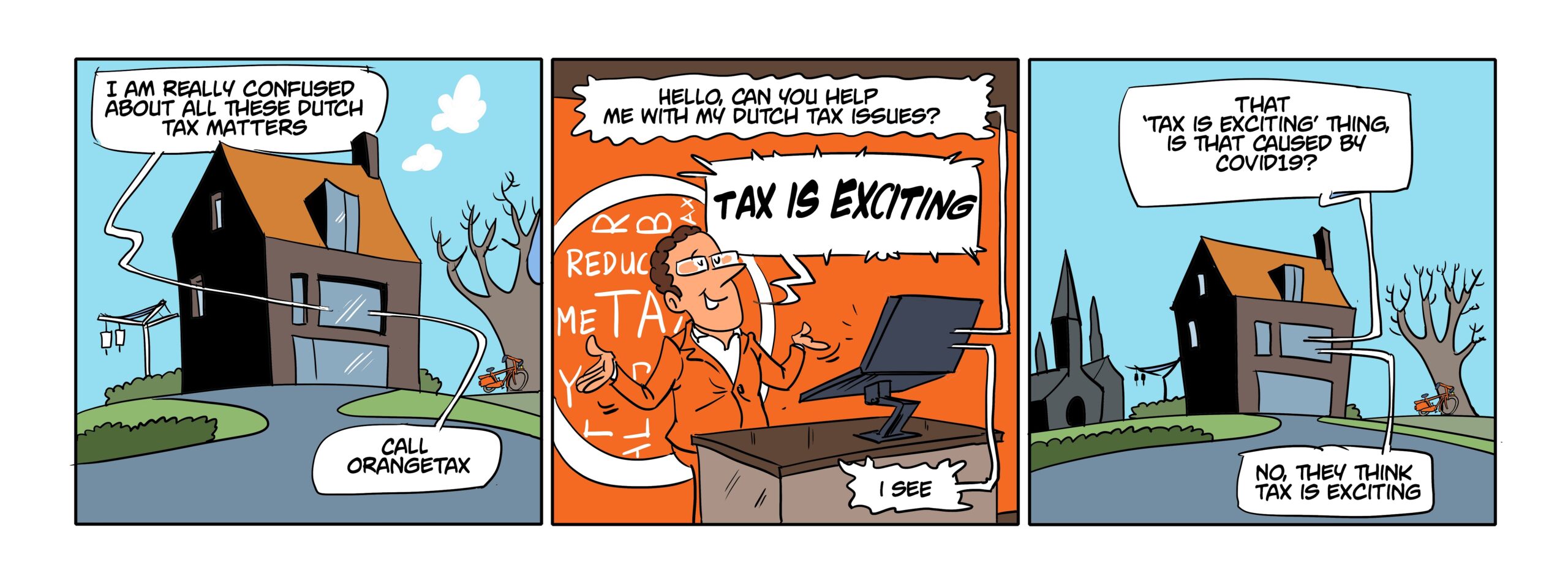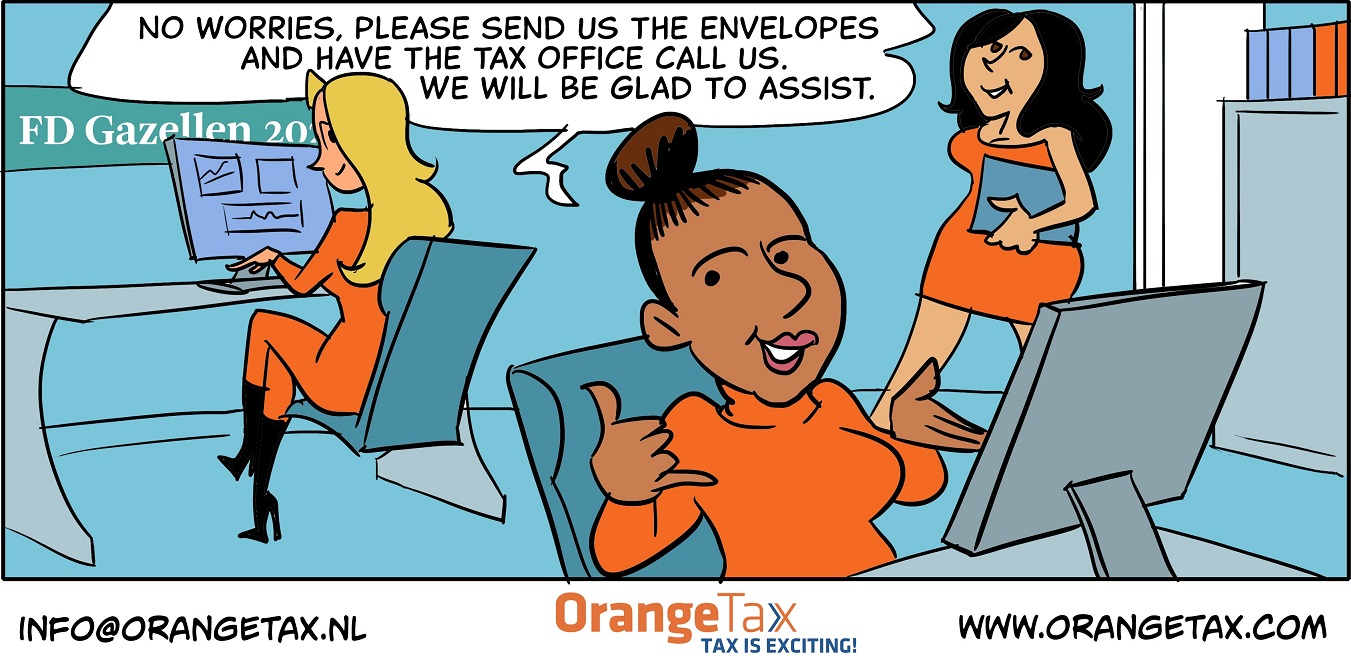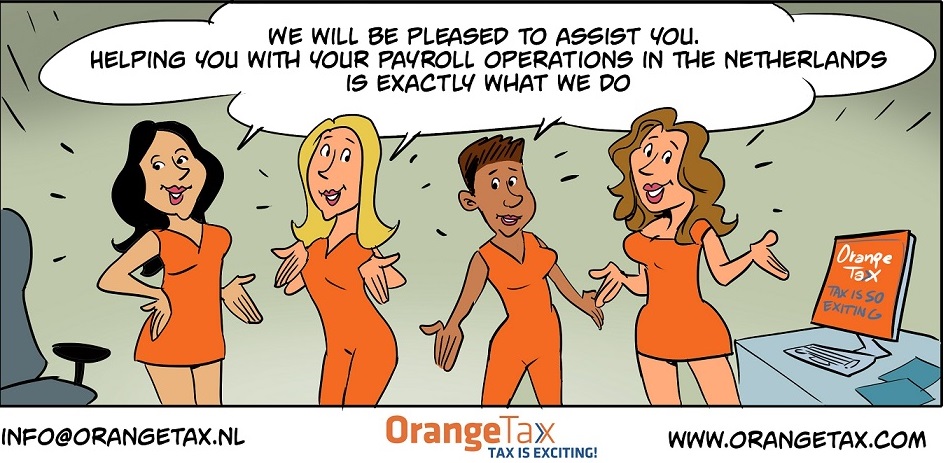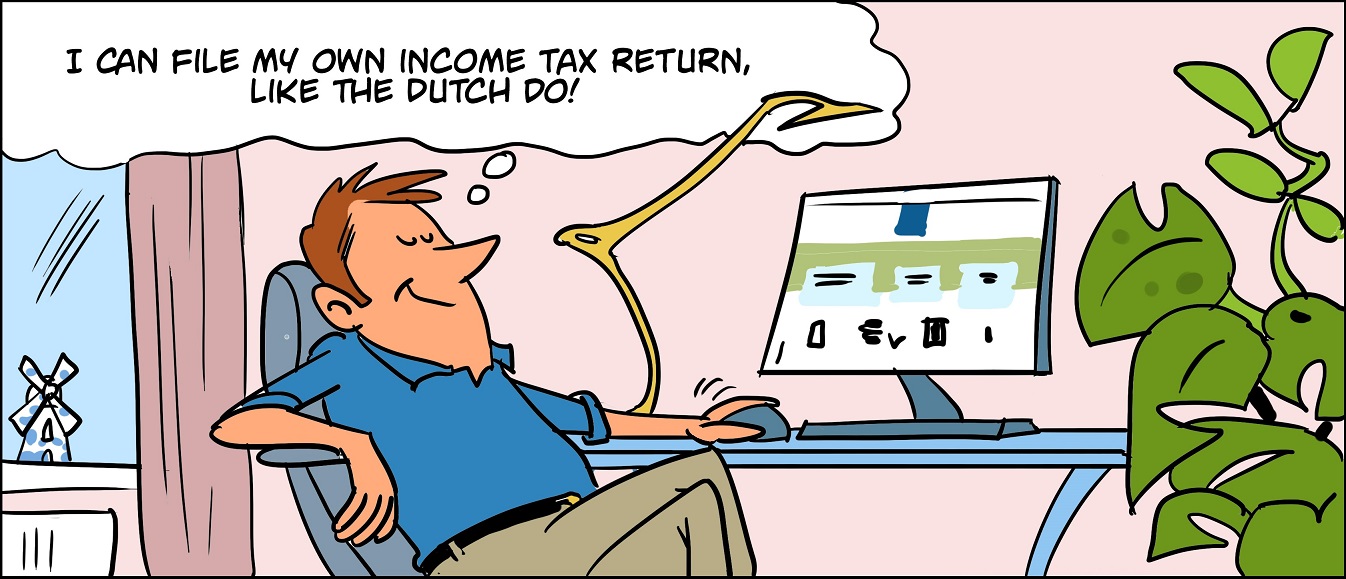The VAT system will change for electronic services provided to private individuals in the European Union (EU). Products such as Itunes, apple software, apps, Vodafone, Orange, T Mobile and all other phone services, downloading films, music, e-learning are regarded electronic services. How does the registration procedure start?
The rule till the end of 2014 is that these services are taxed for VAT purposes in the country where the provider is situated. Providers not situated in the EU are not taxed. The VAT is then out so scope.
This will change. Non EU entrepreneurs selling within the EU are from January 1, 2015 obliged to pay the Value Added Tax due in the EU country where the services has been sold. The company then has to determine where the private individual is living. Best method is asking for the address and verify this somehow. Consequently the price of the service or the margin of the service, depending on the choice of the selling company, fluctuates with the VAT percentage of that EU country.
How does this fluctuation work?
For example you sell a service with a value of EUR 100. In the Netherlands with 21% VAT this services is charged at EUR 121 to the consumer, in France at EUR 119 and in Denmark at EUR 125. If you prefer to keep it simple and you do not mind losing a little on your margin, you can set the price at EUR 120. That implies in the Netherlands you lose EUR 1, in France you win EUR 1 and in Denmark you lose EUR 5.
Setting the price at a fixed rate prevents your clients from becoming creative. For them it does not matter how they complete your online form, any EU country will result in the same fee. However, if you decide to make your price depending on the VAT rate of the concerning country, clients could become creative. So you need to build in a method to check their actually address.
Regardless of the above, clients might indicate they are companies, not individual entrepreneurs. There does exist an EU system that checks if VAT numbers are valid. So you need to connect your system with this checking system to delete wannabe entrepreneurs from the actual entrepreneurs.
In other words, the entrepreneur in electronic services selling within the EU to private individuals not only need to arrange the VAT registrations, but also do a substantial update in their online billing system.





